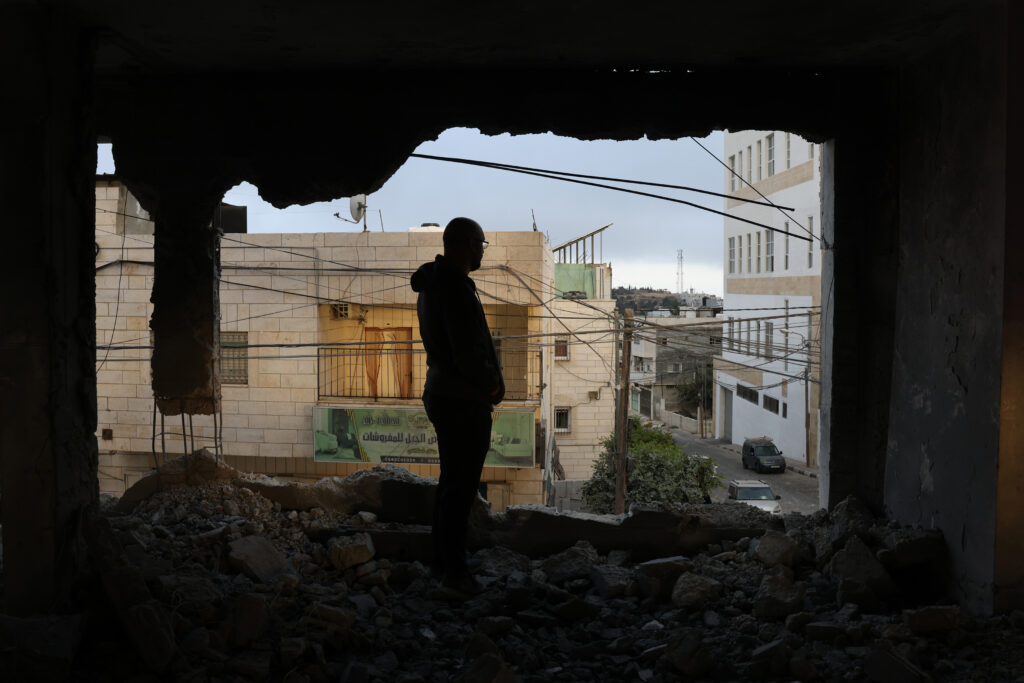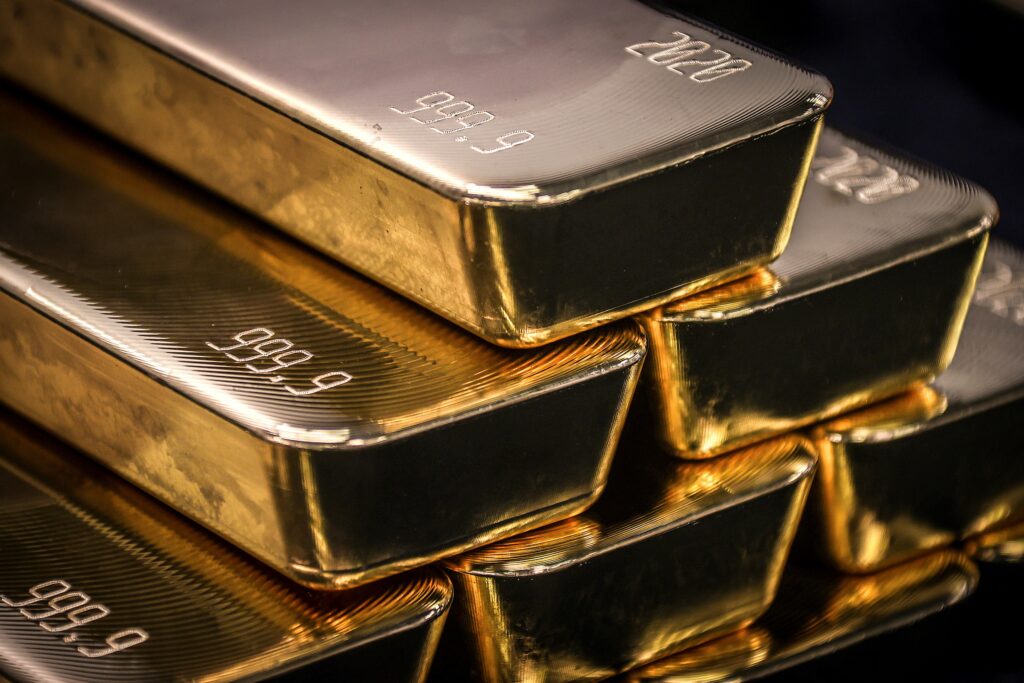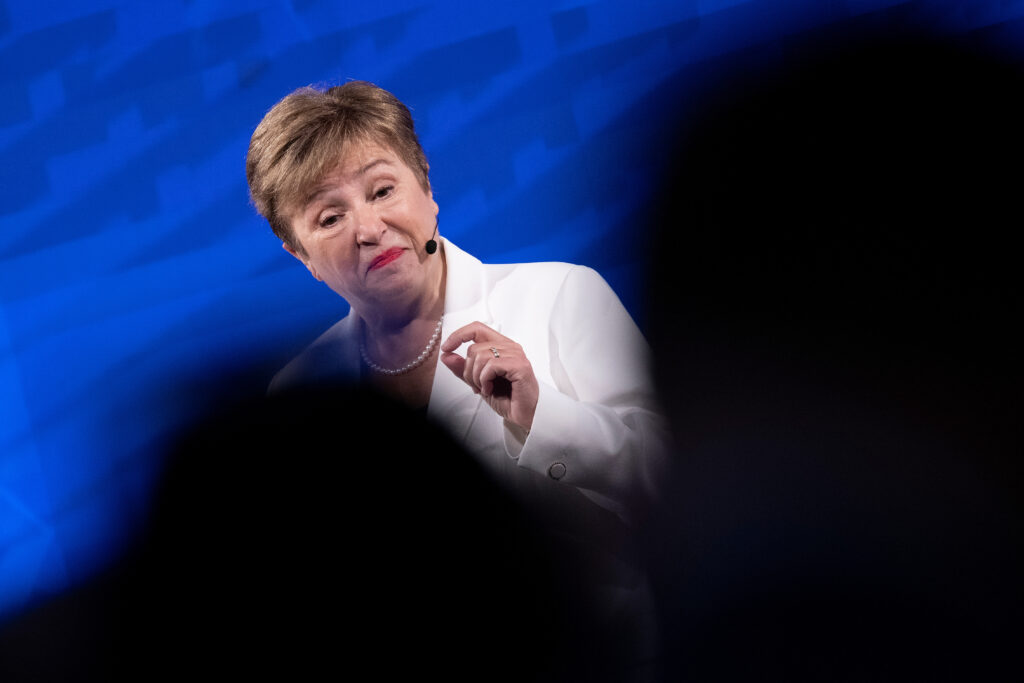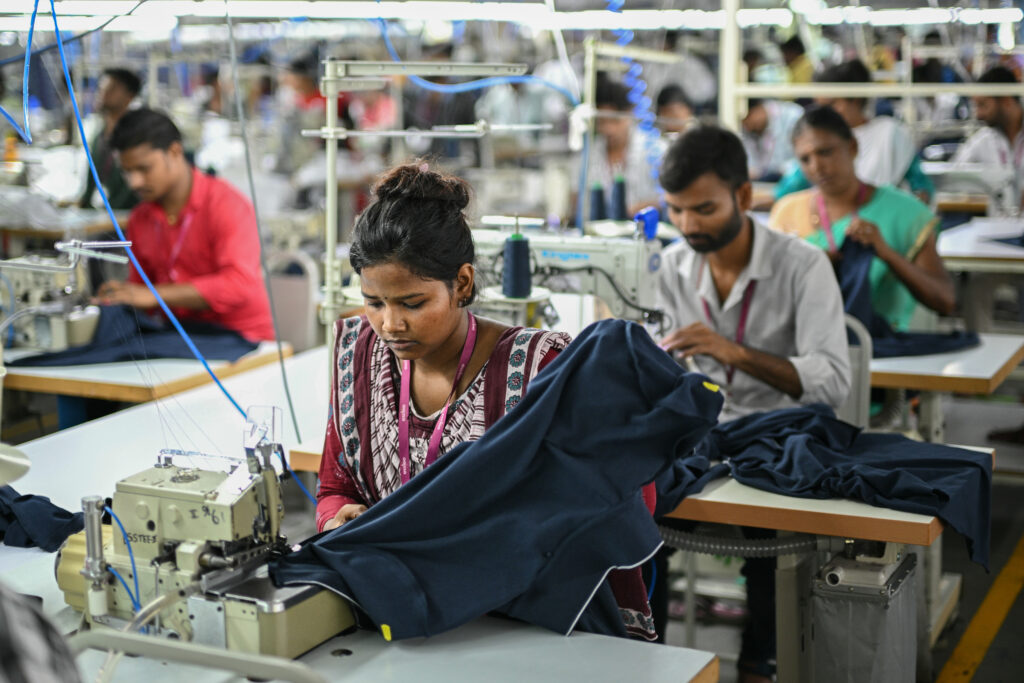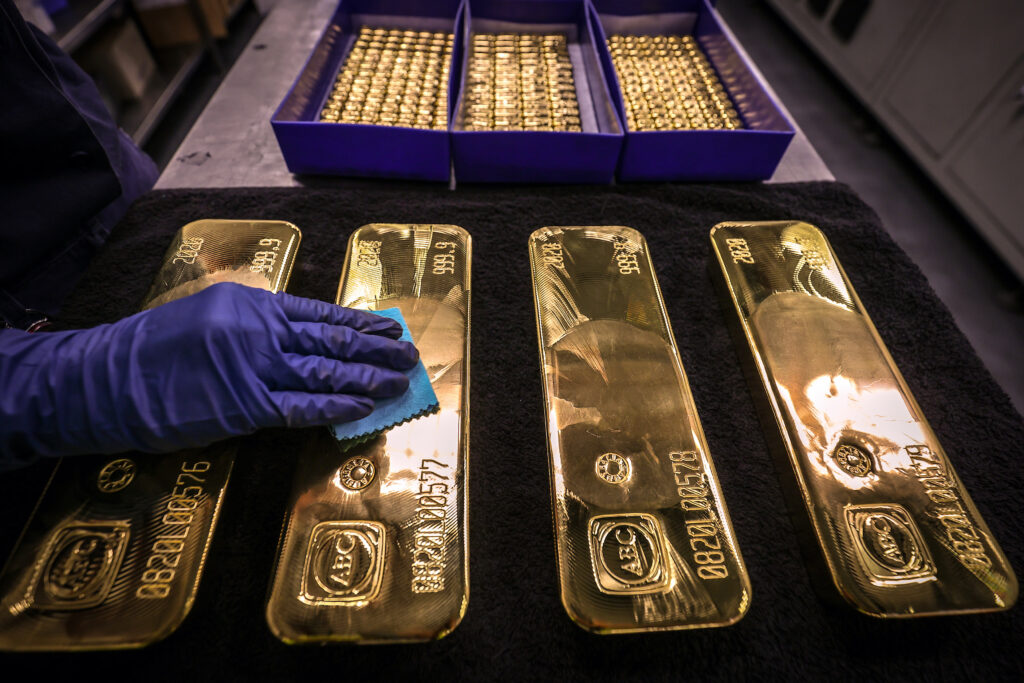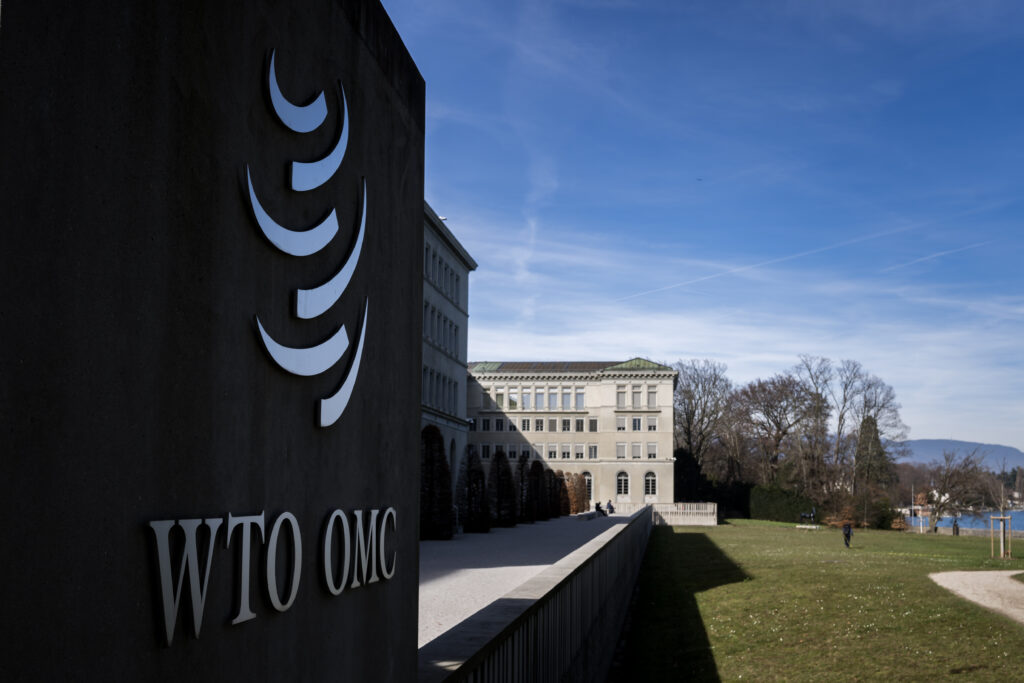Stocks mixed as traders assess AI rally, US rates and shutdown
Asian markets were mixed Thursday as investors tried to assess the outlook for the global AI-fuelled rally, Federal Reserve interest rates and the ongoing US government shutdown.News that Israel and Hamas had agreed to the first phase of a Gaza ceasefire provided some relief from geopolitical concerns — and weighed on oil prices — while gold retreated the day after hitting an all-tine high above $4,000.Technology firms have been riding to ever-higher levels this year — dragging equity markets with them as companies pump hundreds of billions of dollars into all things linked to AI. But there is a growing concern that the returns might not match the investment sums, leading to warnings that valuations may have gone too far. “AI is clearly a bubble,” warned Neil Wilson at Saxo markets. “The question is when — not if — it blows up. And timing is incredibly hard,” he added.”(Software giant) Oracle had a stab at pricking the bubble yesterday by disclosing that the margins from its AI cloud business — including server rentals using Nvidia chips — are very slim.”Tesla added to the gravity… as it dropped 4.5 percent on (its) lower-priced Model 3/Y reveal that underwhelmed analysts. Third-quarter earnings are still set to be strong, but doubts are being seeded for later.”But while the Oracle report dragged Wall Street on Tuesday, the S&P 500 and Nasdaq bounced back the day after to end at fresh records.And Asia fought to extend the gains, with Tokyo rallying more than one percent on continued optimism about further stimulus following the election of business-friendly Sanae Takaichi as leader of Japan’s ruling party.Shanghai advanced as it reopened after a week-long holiday, while Sydney, Taipei and Manila were also up. Hong Kong dipped along with Singapore, Wellington and Jakarta.The US shutdown was not helping matters, with Republicans and Democrats no closer to reaching a deal to reopen the government as the row goes into a second week. Democrats voted for a sixth time to block a Republican stopgap funding measure to reopen government departments — they refuse to back any funding bill that does not offer an extension of expiring health care subsidies for 24 million people. Minutes from the Fed’s latest rate meeting showed divisions among decision-makers on cutting them, with some agreeing only after being persuaded in discussion over rising prices and a string of weak jobs figures.”Policymakers that are becoming increasingly concerned about downside risks to employment likely favour additional and faster rate cuts going forward,” HSBC’s Ryan Wang said. “Those that are more concerned about upside inflation risks are likely more circumspect about future cuts.”Geopolitical worries were eased after news that Israel and Hamas agreed Thursday to the first phase of a deal to end the Gaza war that has killed tens of thousands and at times fanned worries of a possible Middle East conflict.Donald Trump announced a 20-point peace plan that will see Palestinian militant group Hamas release all hostages while Israel would pull its troops back to an agreed-upon line. Oil prices, which have been elevated by worries over supplies from the region, slipped.Gold, which hit a record of nearly $4,060 an ounce Wednesday — partly on concerns about the crisis in Gaza — was slightly lower.In company news, Hong Kong-listed Hang Seng Bank soared more than 26 percent on reports that HSBC plans to take it private by buying its remaining shares. The deal values the lender at US$37 billion. HSBC tumbled more than six percent.- Key figures at around 0230 GMT -Tokyo – Nikkei 225: UP 1.4 percent at 48,405.93 (break)Hong Kong – Hang Seng Index: DOWN 0.1 percent at 26,809.57Shanghai – Composite: UP 1.0 percent at 3,921.28Euro/dollar: UP at $1.1646 from $1.1628 on WednesdayPound/dollar: UP at $1.3416 from $1.3401Dollar/yen: DOWN at 152.49 yen from 152.64 yenEuro/pound: UP at 86.81 pence from 86.78 penceWest Texas Intermediate: DOWN 0.9 percent at $61.99 per barrelBrent North Sea Crude: DOWN 0.8 percent at $65.75 per barrelNew York – Dow: FLAT at 46,601.78 London – FTSE 100: UP 0.7 percent at 9,548.87 (close)
